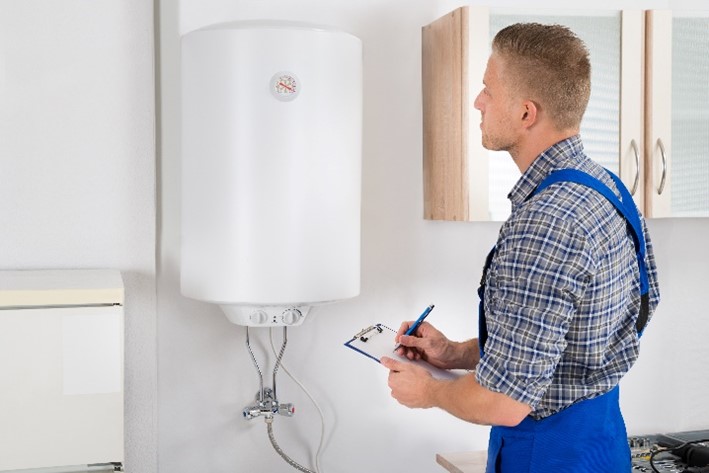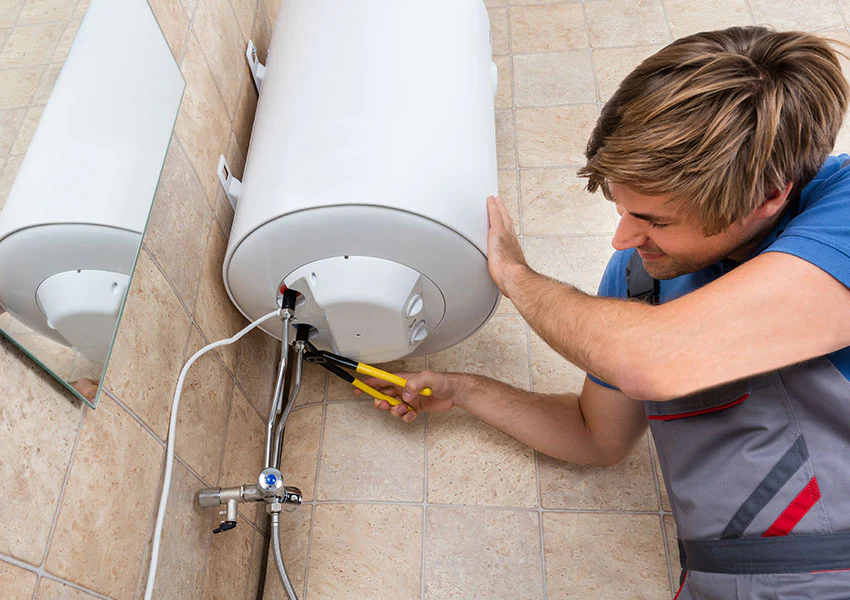How to Properly Care for Your Home's Hot Water System
How to Properly Care for Your Home's Hot Water System
Blog Article
Just how do you actually feel about What Kind of Maintenance Do Water Heaters Need??

Warm water is crucial for day-to-day convenience, whether it's for a refreshing shower or cleaning meals. To ensure your hot water system runs successfully and lasts much longer, routine maintenance is essential. This write-up gives functional suggestions and insights on how to keep your home's warm water system to prevent disruptions and pricey repair services.
Introduction
Maintaining your home's warm water system could seem challenging, but with a couple of basic steps, you can ensure it runs smoothly for years ahead. This overview covers whatever from understanding your warm water system to DIY upkeep ideas and knowing when to call specialist assistance.
Importance of Keeping Your Hot Water System
Normal upkeep not only prolongs the lifespan of your warm water system however also guarantees it operates successfully. Ignoring maintenance can result in reduced performance, higher power bills, and even early failure of the system.
Indications Your Warm Water System Demands Maintenance
Understanding when your warm water system requires attention can stop major issues. Keep an eye out for signs such as inconsistent water temperature level, strange noises from the heating unit, or corroded water.
Understanding Your Hot Water System
Prior to diving right into maintenance tasks, it's practical to understand the basic elements of your warm water system. Typically, this includes the water heater itself, pipes, anode rods, and temperature controls.
Regular Monthly Upkeep Tasks
Routine regular monthly checks can assist capture small problems prior to they intensify.
Purging the Hot Water Heater
Flushing your water heater eliminates sediment buildup, boosting performance and extending its life.
Checking and Changing Anode Rods
Anode poles avoid corrosion inside the tank. Evaluating and changing them when worn out is crucial.
Evaluating and Adjusting Temperature Setups
Changing the temperature settings guarantees optimal efficiency and safety and security.
Do It Yourself Tips for Upkeep
You can carry out several maintenance jobs on your own to keep your hot water system in leading problem.
Looking for Leaks
Frequently check pipelines and links for leakages, as these can result in water damages and higher costs.
Evaluating Pressure Alleviation Valves
Testing the stress safety valve ensures it operates appropriately and avoids excessive stress accumulation.
Insulating Pipelines
Shielding warm water pipelines minimizes warm loss and can save energy.
When to Call a Specialist
While do it yourself upkeep is useful, some problems require professional expertise.
Facility Concerns Needing Professional Help
Instances consist of significant leakages, electric issues, or if your water heater is regularly underperforming.
Routine Professional Maintenance Conveniences
Specialist upkeep can consist of complete assessments, tune-ups, and making sure conformity with security standards.
Verdict
Normal upkeep of your home's warm water system is essential for effectiveness, long life, and price financial savings. By adhering to these pointers and knowing when to seek professional help, you can ensure a trusted supply of warm water without unanticipated disturbances.
How to Maintain an Instant Hot Water Heater
Before tinkering with your hot water heater, make sure that it’s not powered on. You also have to turn off the main circuit breaker and shut off the main gas line to prevent accidents. Also turn off the water valves connected to your unit to prevent water from flowing into and out of the appliance. 2. When you’re done, you have to detach the purge valves’ caps. These look like the letter “T†and are situated on either side of the water valves. Doing so will release any pressure that has accumulated inside the valves while at the same time avoid hot water from shooting out and burning your skin. 3. When the purge valves’ caps are removed, you have to connect your hosing lines to the valves. Your unit should have come with three hoses but if it didn’t, you can purchase these things from any hardware or home repair shops. You can also get them from retail stores that sell water heating systems. Read the user’s manual and follow it to complete this task properly. When the hosing lines are connected, open the purge port’s valves. 4. You should never use harsh chemical cleaners or solutions when cleaning your unit. Make use of white vinegar instead. It should be undiluted and you’ll probably use about 2 gallons. 5. Now flush your water heater. This task should probably take about 40 minutes. We can’t give you specific directions for this because the procedure is carried out depending on the type, model and brand of your heater. With that being said, refer to the user’s manual. 6. When you’re done draining the unit, you have to turn off the purge port valves again. Remove the hosing lines that you earlier installed on each of the water valves. Put the valve caps (purge port) back in their respective places and be very careful so as not to damage the rubber discs that are found inside these caps. 7. Now that everything’s back in place, check your user’s manual again to find out how to reactivate your water heating system. 8. Once it is working, turn one of your hot water faucets on just to let air pass through the heater’s water supply pipes. Leave the tap on until water flows smoothly out of it. https://www.orrplumbing.com/blog/2014/september/how-to-maintain-an-instant-hot-water-heater/

As a devoted reader about How to Maintain Your Water Heater & Prolong its Life, I was thinking sharing that chunk was smart. Liked our entry? Please quickly share it. Let other people check it out. Thanks for your time spent reading it.
Additional Resources Report this page